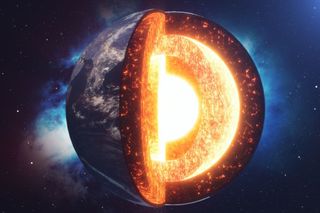https://spaceweather.com
https://www.spaceweatheralerts.com
X-CLASS SOLAR FLARE: Earth-orbiting satellites have just detected a powerful explosion on the sun. The X1.3-class flare on March 30th (1737 UT) caused a shortwave radio blackout over the Americas and has almost certainly hurled a CME toward Earth. Follow this developing story @ Spaceweather.com.
Don’t miss another solar flare: Subscribers to our Space Weather Alert Service received a text message about this X-flare while it was happening. Such prompt notifications allow ham radio operators, amateur astronomers and others to react to flares before they fade away.
![[]](https://mcusercontent.com/0c5fce34d5ca05f64a13d085d/images/69bab706-0a9c-f6af-6311-7363dc25833e.jpg)
Above: The extreme ultraviolet flash from today’s X-flare. Credit: NASA’s Solar Dynamics Observatory

![[]](https://mcusercontent.com/0c5fce34d5ca05f64a13d085d/images/639625b7-e5e4-074c-8d57-23f0da37868a.jpg)
![[]](https://mcusercontent.com/0c5fce34d5ca05f64a13d085d/images/7e209766-46c0-7576-1675-83e43ac284e2.jpg)
![[]](https://mcusercontent.com/0c5fce34d5ca05f64a13d085d/images/5e0c80e6-3b6d-02a7-fc1b-19a3b24a9165.jpg)





![[]](https://mcusercontent.com/0c5fce34d5ca05f64a13d085d/images/2300996f-8963-df94-733a-1a69e819a092.jpg)
![[]](https://mcusercontent.com/0c5fce34d5ca05f64a13d085d/images/d851a006-7712-2739-16df-3db052aeb446.jpg)


